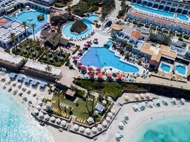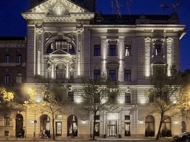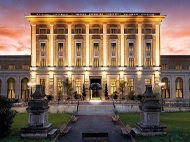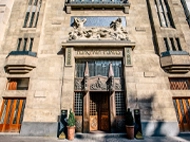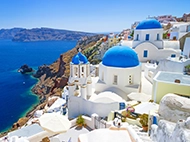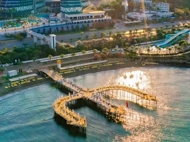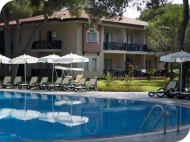
Pantheon in Rome
Step back in time to a city with an incredible history, famous for its gelato ice-cream and stunning fountains found on traditionally Italian squares. There is something for everyone in Rome, but in particular you’ll find dozens of attractions for history and culture lovers, alongside world-famous architectural delights.
The Roman Pantheon is regarded as one of the most well-preserved buildings from ancient Rome. It’s also one of the most influential Roman temples dedicated to the gods of Pagan Rome and one of the finest of the city’s architectural delights.
Walking from the Piazza di Sant’Ignazio, head along the narrow Via del Seminario towards Piazza della Rotonda, and from there you will catch your first glimpse of the impressive, huge columns of the Pantheon as they appear in front of you. Uncover the famous rotunda and the impressive grand portico entrance adorned with Corinthian columns.
A must-see on any holiday to Rome
The Pantheon is a must-see on holidays to Rome. It has served as the city treasury as well as the treasury of the Delian League, which eventually became the Athenian Empire. It was also a source of architectural study for Michelangelo.
Dating back to 125AD, it was built by Emperor Hadrian, and has stood in Rome for thousands of years providing an inspiring insight into Roman history. The huge domed roof is one of the first things you’ll be drawn to, standing at 43m high and 43m wide. There’s a famous 9m hole in the roof, known as the eye of the Pantheon, and it stands as the largest unsupported dome in the world.
It really is astonishing and significant for its size, construction and design. This is due to top quality mortar in the concrete and carefully chosen heavy basalt in the foundations and lower walls, through to brick and tufa, and pumice in the centre of the vault. Internal brick arches support the lower part of the dome. The interior is lined with marble and regular indentations are cut into the ceiling, decorated with bronze rosettes in intricate detail.
A Pagan temple
Once a place to worship the Greek Gods, it remained pagan until it was given by Emperor Phocas to Pope Boniface VI in 609AD, when it then became a Christianised church during the 7th century. The word Pantheon is actually Greek, meaning “honour all Gods”.
Despite some damage over the years, the Pantheon building still remains impressively intact and beautiful, standing proudly as one of Rome’s most impressive ancient structures. It is a mystery how the building has survived when other Roman monuments were shattered during barbarian raids throughout its history.
What was there before?
Before the building we see today was constructed, there were originally two previous structures on this site that were lost due to fire. The first building was in the time of Augustus, the first Roman Emperor in 25 to 27BC. It was believed to have been built by Marcus Agrippa, an architect and statesman, based on the inscription on the front of the building.
In 80AD there was a huge fire where only the façade remained intact so it was rebuilt, before then being burnt again and hit by lightning in 110AD. It was then built again as the structure we see today.
As you step inside this remarkable building, the architecture becomes even more extraordinary with no visible vaults holding up the dome. Sunshine streams through the hole in the roof, creating an interior glow of natural light. You can witness a special lighting event on 21 April every year, when the midday sun hits a metal grille, just above the doorway, flooding the courtyard with its light.
The 16 immense Corinthian columns supporting the entrance weigh approximately 60 tons and were brought from Egypt.
Get to know your Roman predecessors
Rome holidays, and in particular the Pantheon, provide a chance to explore Roman history and the journey and transformation that the city has gone through. There are several original tombs of Italian Kings and poets that are built into the Pantheon walls, including the burial site of King Vittorio Emanuele II, King Umberto I and the Renaissance artist, Raphael. The marble floor is actually the original ancient floor featuring symmetrical patterns.
Time to go exploring
After exploring the building, step outside to the Piazza della Rotonda where you can sit with an expresso at one of the open-air cafés on the square and admire its beautiful fountain, the Fontana del Pantheon, with its Egyptian obelisk that sits at the top.
Originally designed in 1575 by famous architect, Giacomo della Porta, it was sculpted by Leonardo Sormani out of marble. The Gothic Cathedral Santa Maria Sopra Minerva is also closeby and is another unmissable attraction on your Rome holiday. Other architectural delights to be found are the Roman Forum, Colosseum, Trevi Fountain, the Spanish Steps, and the Vatican Museums.
The Pantheon is also famous for being featured in the film ‘Roman Holiday’ with Audrey Hepburn. Still an important church The Pantheon today continues as a Christian church dedicated to St Mary and Martyrs, in addition to being a popular tourist point of interest and venue for weddings. There are masses held weekly, as well as on special feast days and at events.
The average visit time can be anything from ten minutes to an hour, depending on how much you appreciate architectural and cultural features. There are guided walking tours, as well as self-guided walks around Rome that incorporate this spectacular piece of history, and audio guides are readily available.
More Things To Do ideas
Find more Things To Do in Rome: Circus Maximus | Coloseum | Monti's Vintage Market | Piazza Navone | Roman Forum | Spanish Steps | St. Peter's Basilica | The Vatican Museums | Walking Food Tours in Rome

Best hotels in Rome
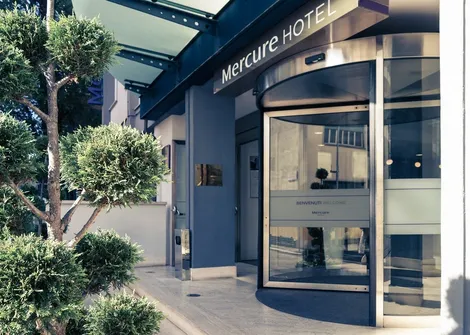
Mercure Corso Trieste
Italy, Rome
2042 reviews
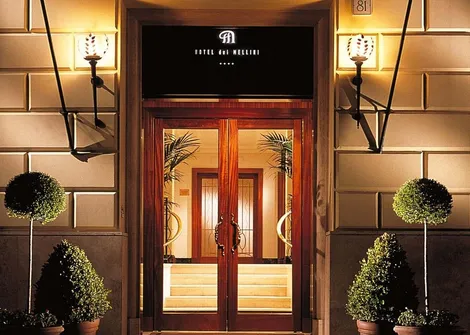
Dei Mellini
Italy, Rome
2054 reviews

A.Roma Lifestyle Hotel
Italy, Rome
4651 reviews
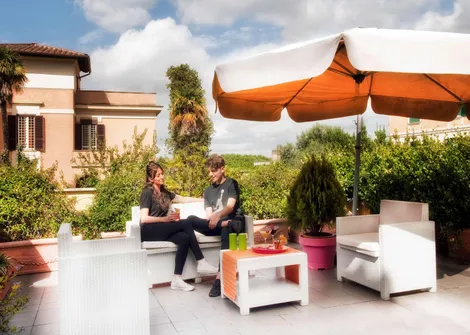
Best Western Ars Hotel
Italy, Rome
820 reviews
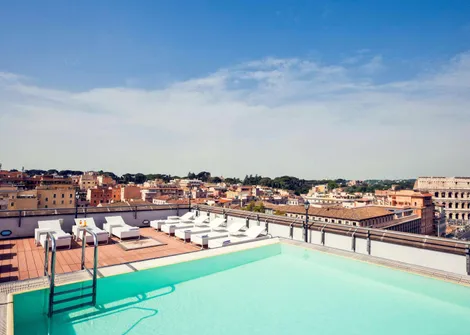
Mercure Roma Centro Colosseo
Italy, Rome
2896 reviews
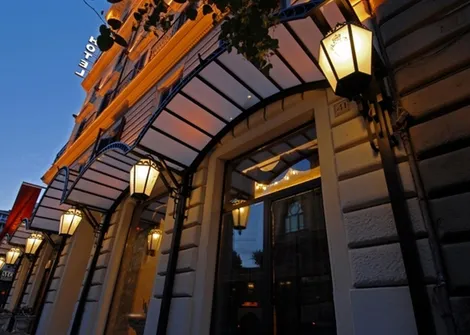
Romanico Palace Luxury Hotel & Spa
Italy, Rome
2547 reviews
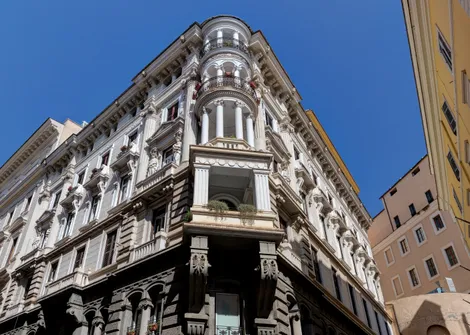
Dharma Luxury Hotel
Italy, Rome
2182 reviews
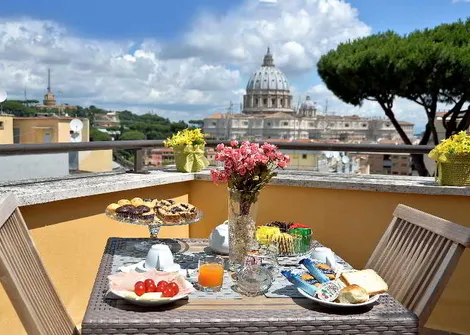
Fragrance St Peter Hotel
Italy, Rome
877 reviews
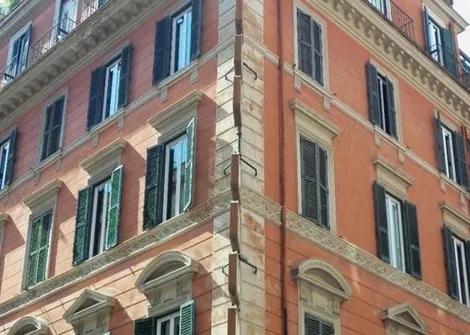
Hotel Fiume
Italy, Rome
1368 reviews
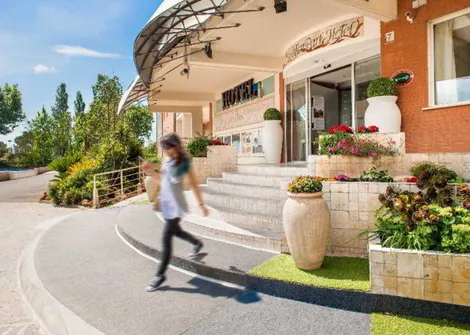
Ostia Antica Park Hotel & Spa
Italy, Rome
640 reviews
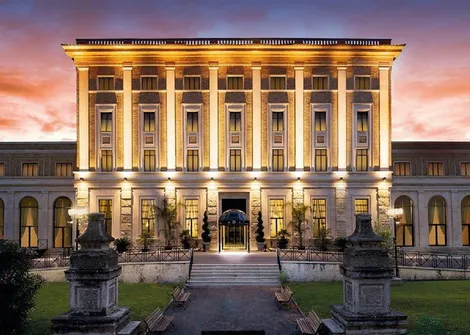
TH Roma – Carpegna Palace Domus Mariae Hotel
Italy, Rome
182 reviews

The Guardian Hotel
Italy, Rome
1190 reviews
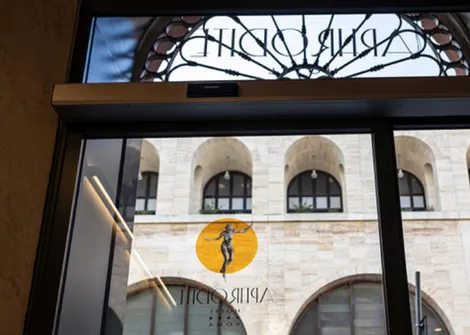
Hotel Aphrodite
Italy, Rome
929 reviews
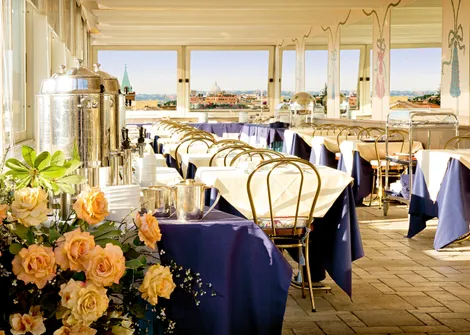
Marcella Royal - Rooftop Garden
Italy, Rome
3342 reviews
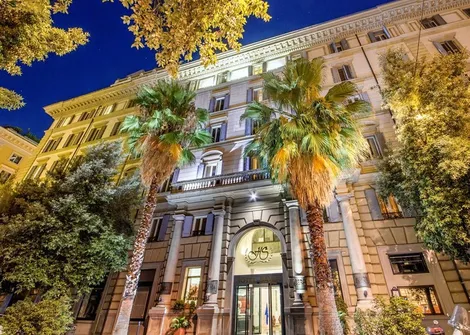
Savoy Rome
Italy, Rome
2270 reviews

